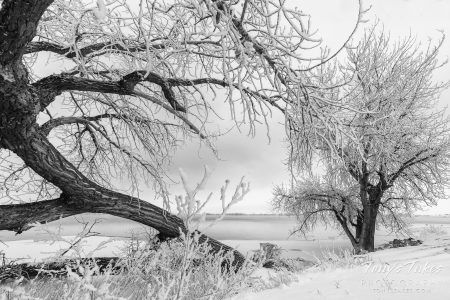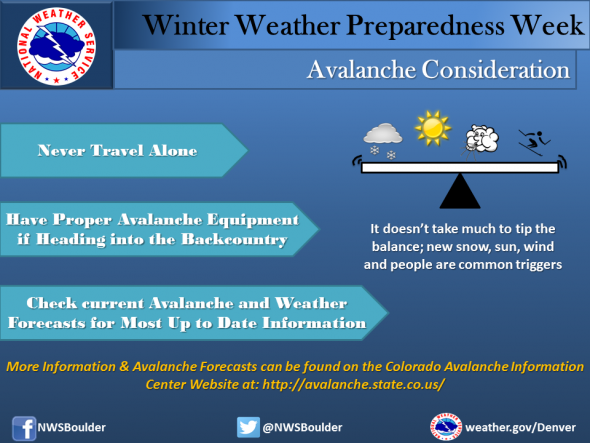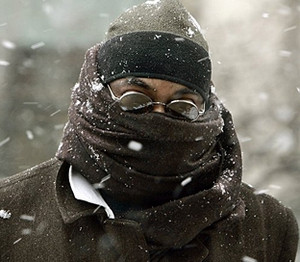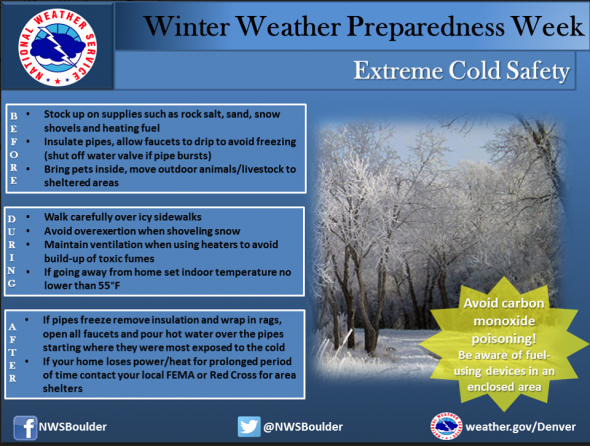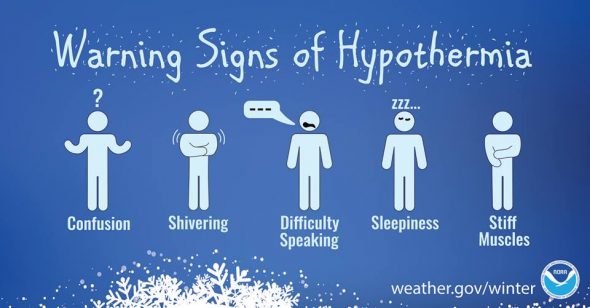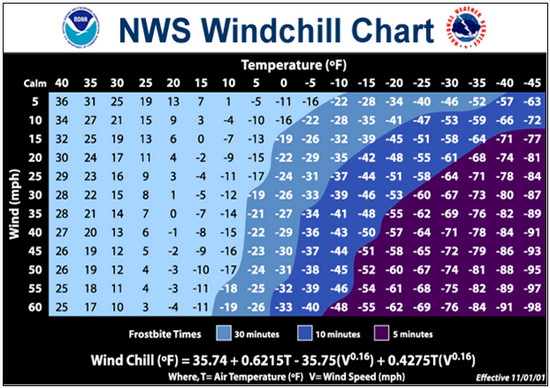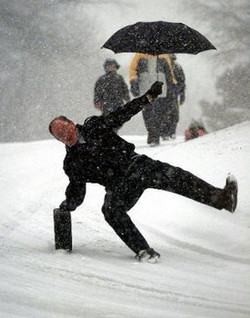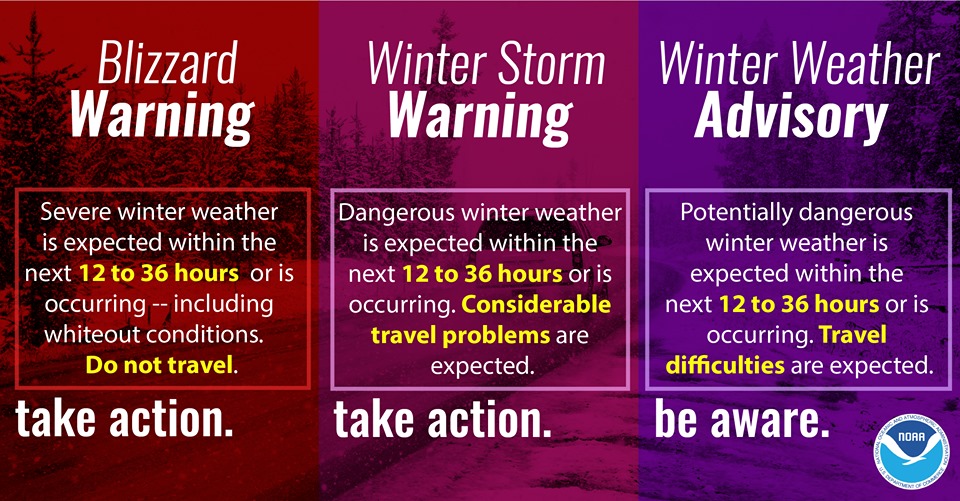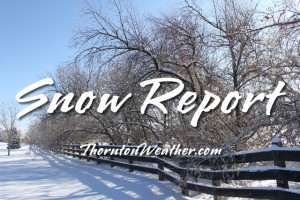
As Christmas approaches everyone reflects on the past and for longtime Denver residents that oftentimes means remembering one of the most significant winter storms in the Mile High City’s history – the Christmas Eve Blizzard of 1982. This major winter storm has become the one by which all others are compared not only due to its record-setting impact but also due to its timing being near Christmas.
As Christmas 1982 approached, forecasters were predicting a white Christmas several days beforehand but most were expecting a moderate snowfall of 6 inches. Two days before Christmas Eve though, the picture began to change. On the 22nd a Pacific cold front came ashore in California bringing severe rain, high surf and even hurricane force winds. As it moved east over higher terrain, it dumped 2 feet of snow in the Wasatch Mountains near Salt Lake City.
At about that same time, jet stream winds were forming a trough of low pressure over the southeastern plains of Colorado. The counterclockwise motion of the trough began to pull moist air into the state. Further east Kansas and Oklahoma experienced severe thunderstorms and even tornadoes. The winds set the stage for strong upslope conditions along the Front Range.
- Scroll down to the view photo slideshow from this famous snowstorm
- Do you remember the Christmas Eve Blizzard of ’82? Leave a comment below with your memories
- If you have photos of the event email them to info@thorntonweather.com or share them with us on our Facebook page and we will add them to the slideshow
Rain changed to snow on the plains and shortly before midnight on the 23rd, a full blown blizzard had developed. Denver woke to snow on the ground the morning of Christmas Eve but the storm was just getting started. Snowfall rates of 2 – 3 inches per hour were the norm during the day and winds screamed at 50mph causing wind chill temperatures to plummet to as low as -35 degrees. As conditions continued to deteriorate throughout the day, the gravity of the situation began to be realized. Continue reading Looking back at an unforgettable holiday – Denver’s Christmas Eve Blizzard of 1982

